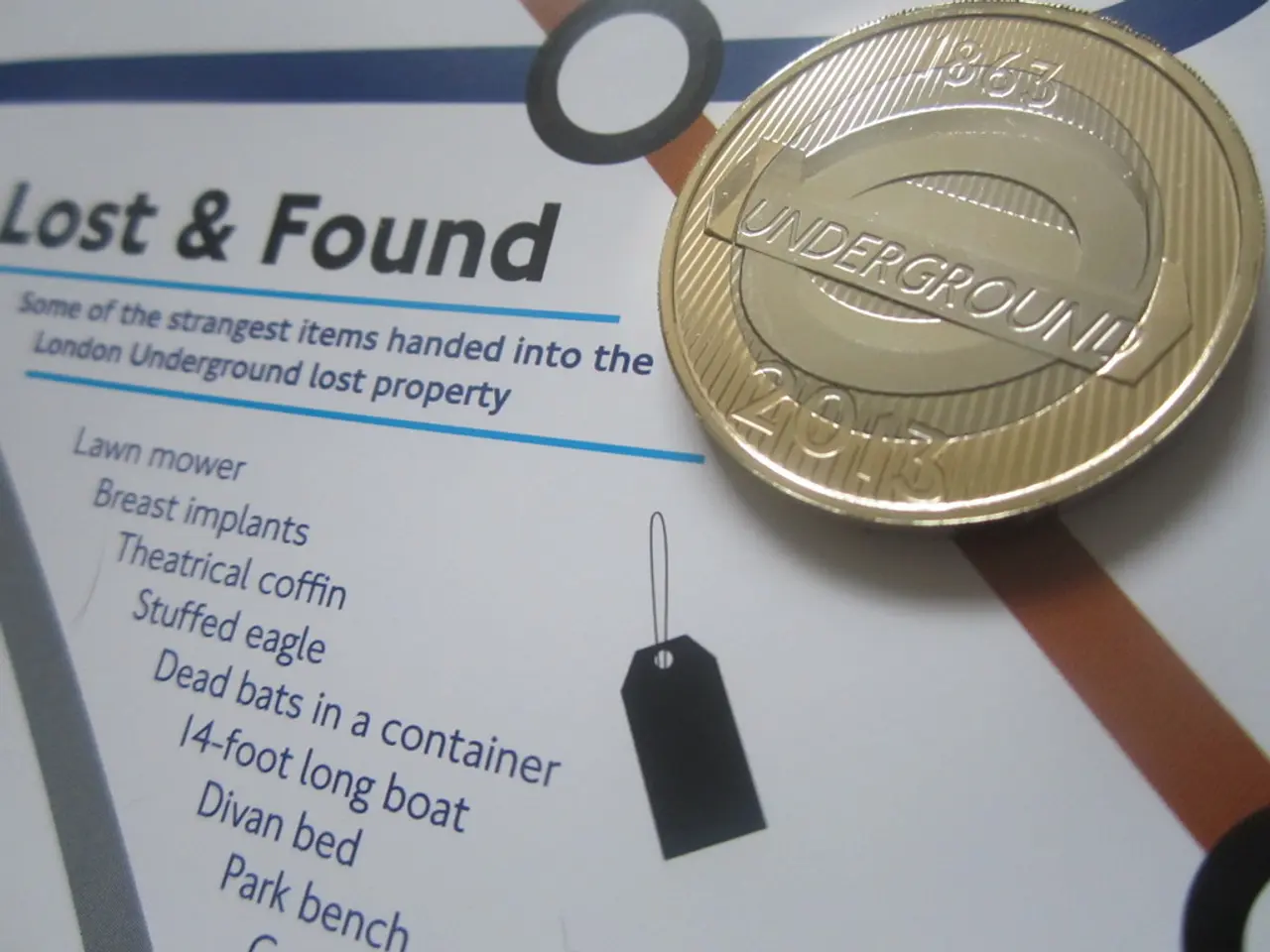Russia's First Digital Ruble Payment Marks Shift to Cashless Society
Russia has taken a significant step towards digital currency adoption. On January 1, 2026, the Treasury and Central Bank facilitated the first budget transfer and payment using digital rubles. This symbolic move marks the beginning of a gradual shift towards a digital national payment system.
The first recipient of a digital ruble salary was Anatoly Aksakov, chairman of the State Duma's financial market committee. He chose to receive his payment in this new form of currency, demonstrating its practical application and acceptance. Aksakov then transferred funds to charitable foundations 'Line of Life' and 'Children's Villages SOS', and made a payment at 'Teremok' restaurant using a QR code, showcasing the ease and versatility of digital ruble transactions.
The Russian treasury's move is a direct result of previously adopted laws and plans to digitize the national payment system. While this initial step is symbolic, mass implementation is planned for September 1, 2026, starting with large banks and trading points. By 2028, other organizations will be gradually connected to digital ruble payments, making it a fully integrated part of the Russian economy.
The first digital ruble payment marks a significant milestone in Russia's journey towards a cashless society. As more organizations adopt this new form of currency, the digital ruble is set to become a common method of payment, transforming the way Russians manage their finances.




